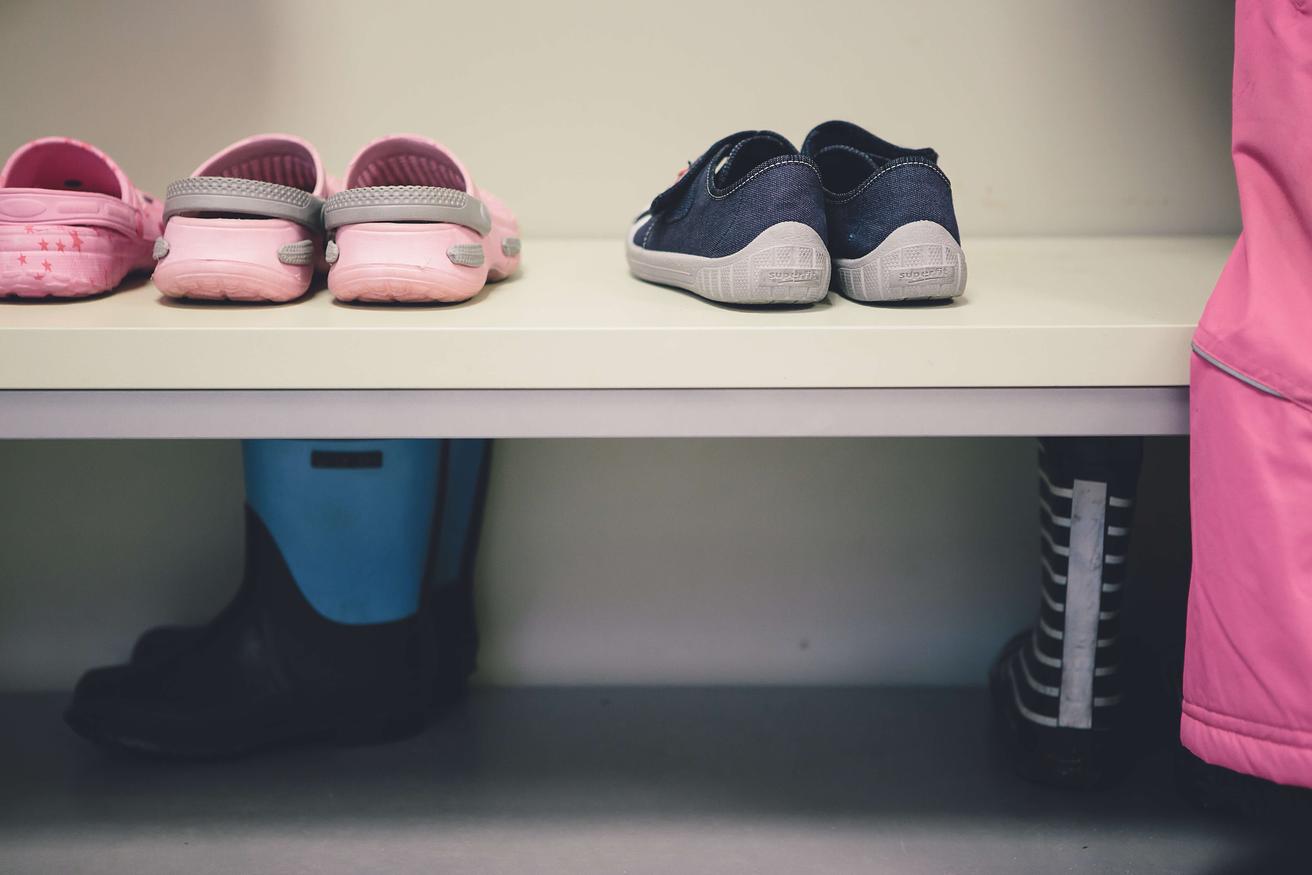School uniform has always been a battleground between schools and its pupils. Not wearing the correct uniform is often seen as an act of defiance and can result in detention or even a letter home to parents.
The new battle though isn’t just between the students and schools, but between schools and the wider world.
As we move towards a more liberally minded world, schools are starting to take notice and confront the gender boundaries that they are still enforcing. However the move is not an easy one to make, with schools facing confrontation from traditionally minded individuals who disagree with their new measures.
This school in London is being attacked for changing its school uniform policy to a more gender neutral approach, where girls can wear trousers and boys can wear skirts.
It’s almost surprising the controversy being caused by schools allowing students to choose what they wear, breaking the boundaries of gender. From a progressive view, it seems archaic that these rules are still in place, shouldn’t they have been discarded years ago?
What is even more prevalent is the fact that people are angered much more by boys being allowed to wear skirts rather than girls wearing trousers.
Women’s ability to freely wear trousers is a concept that has continued to develop and spread over the last century, however it’s only been in recent years that female students have been allowed to wear trousers at school (and some still don’t allow it.) Skirts have not had the same progression however, and though schools are allowing girls to wear trousers it is rarely reciprocated the other way round with boys wearing skirts.
It can seem a small thing to argue, but the ramifications of forcing a child into clothing they don’t feel comfortable in can have very real, lasting effects.
Uniforms can be extremely restricting, forcing students to adhere to other’s expectations of how they should look, removing the option for self-expression, and forcing students to ‘fit in’. These side effects can have a negative impact on a child’s mental health, particularly those who experience gender fluidity or identify as the opposite gender to their physical appearance.
We find ourselves at a crossroads now, where we can either keep moving forward allowing our children to express themselves in whatever way makes them feel comfortable. Or carry on marching to the same drum, meaning that the majority are comfortable in what they’re wearing, whilst a minority are being seriously mentally injured – being taught the way they are naturally is not right and that they must fit in at all costs.
The question begs, why are people so angry about the idea of a boy in a skirt?
Some argue that teaching children about gender fluidity confuses them, but it does a disservice to our children to treat them as if they are not capable of understanding. Of course they may experiment with how they see themselves and they may not know for certain right away. But actually isn’t a good thing for them to explore their identities whilst they have the space and time to do so in their childhood? The real harm comes from not allowing this choice, and saying to the others that they are not accepted or welcome as they are.
It can seem a small thing to argue, but the ramifications of forcing a child into clothing they don’t feel comfortable in can have very real, lasting effects.
"
Is the skirt the biggest gender boundary in our schools or indeed in wider society? It is interesting how this symbol of femininity is so threatening, and suggests we have much further to go in educating on true gender equality.
Skirts are being used by these teenage schoolchildren to protest the lack of Summer clothing for boys. Even during heatwaves boys still had to wear trousers, where girls could keep cool in skirts. It’s almost satisfying for the modern-day feminist to see that this clothing that once was so impractical and oppressive is now being donned as an act of defiance.
It’s telling that these kinds of stories still make the news, clearly it is something that we’re still shocked by. But perhaps one day we won’t be.
These preschools in Sweden are ahead of the curve when it comes to tackling gender boundaries and inequalities, where teachers are educated on the matter and proactively choose not to treat the genders differently. They also pick up on any gender biased activity amongst the pupils and talk to them about it, educating them from a young age to be aware of gender boundaries and to not adhere or promote them.
The most exciting thing about schools like these opening is that they are daring to think of a different future, the one that these children will graduate into in fifteen years time. They imagine a society that is much more gender-neutral and fluid than our own.
Schools are changing. To help this change spread we should uphold the forward-thinkers and help them become more visible so they can set the example, and the standard, for other schools to follow suit.
For now though, it appears the skirt is the new symbol of gender oppression in our schools, and we must work to debunk these gender rules. How about we open up school uniform restrictions to allow all our children to feel comfortable in their own skin, and yes also their own skirt. Sounds pretty good doesn’t it?






